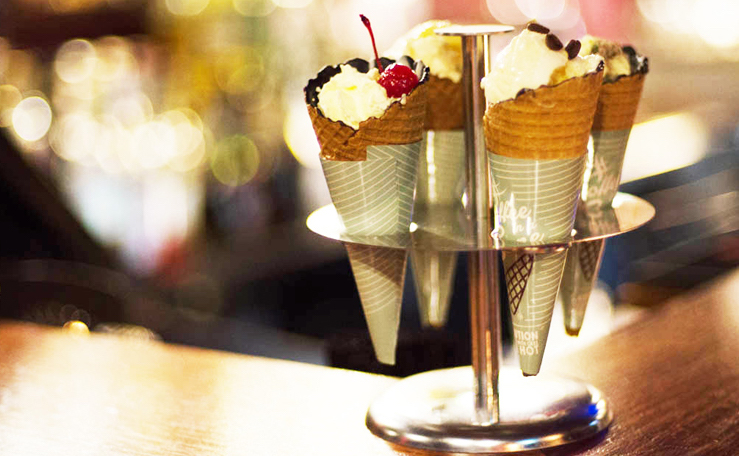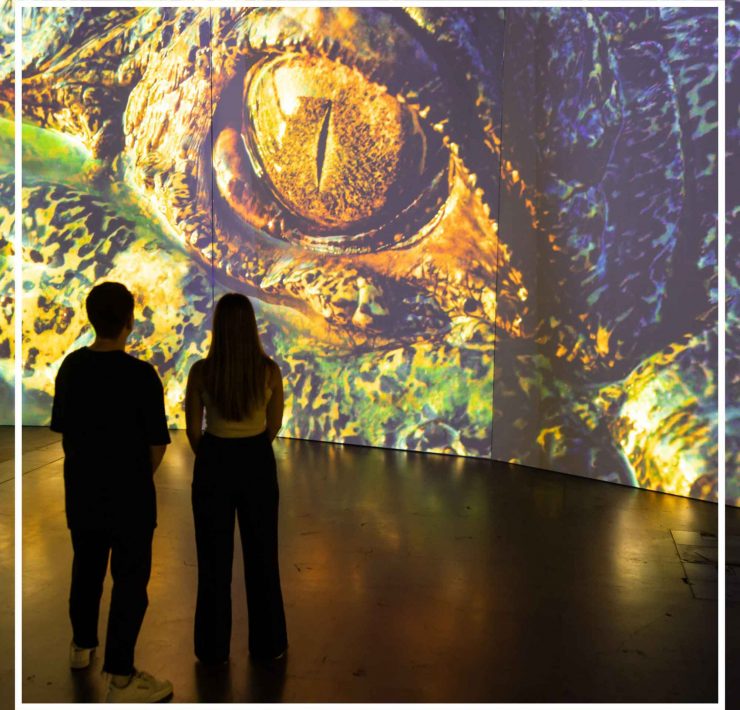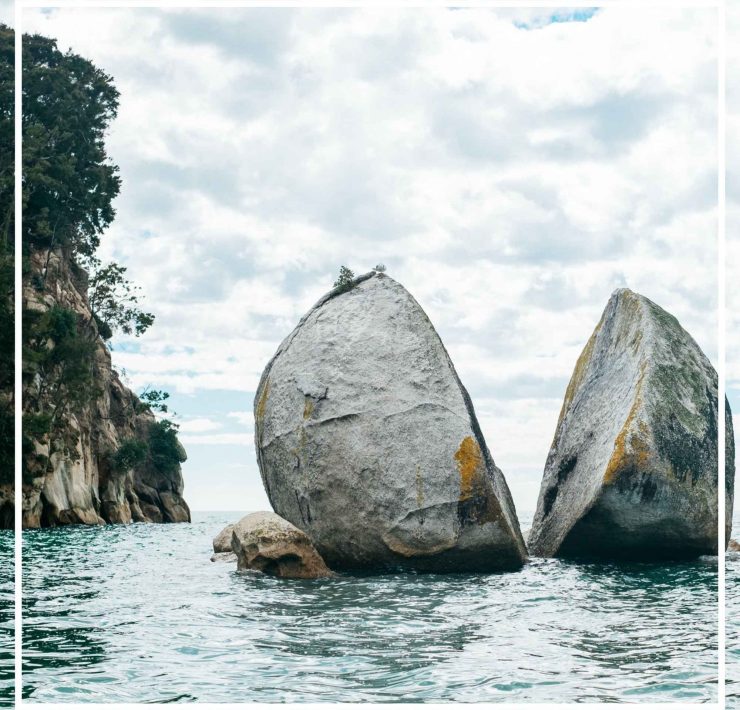The Definitive Guide To Conquering Peru’s Colca Canyon
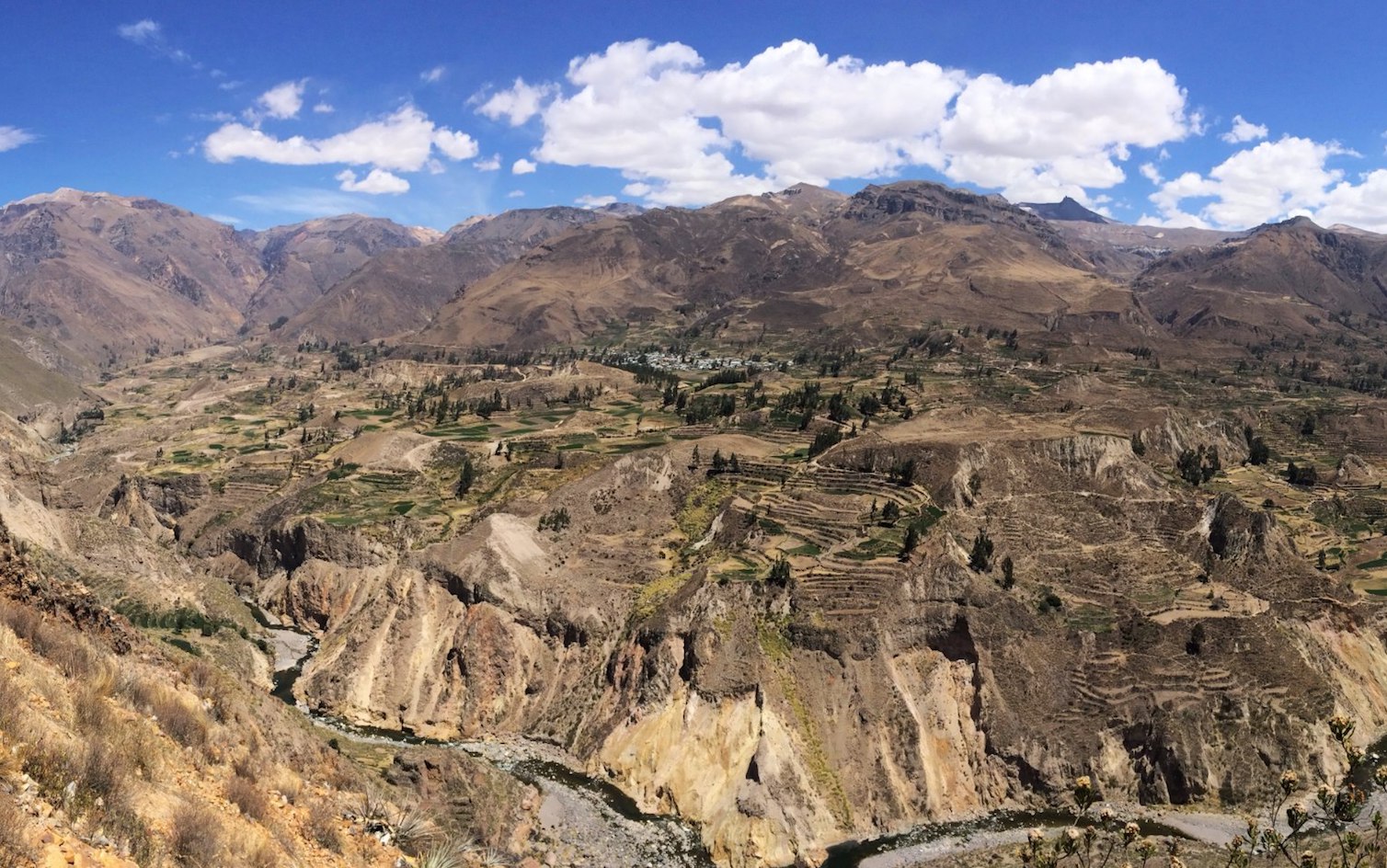
Martina is a travel writer who has been published on…
Peru is a country of big attractions, and while Machu Picchu is largely incomparable, there’s loads more to see across the massively diverse country. How does trekking one of the world’s deepest canyons sound?
The Colca Canyon, in southern Peru, was named the world’s deepest by the Guinness Book of World Records in 1986. Subsequent measurements disputed the title, but, checking in at around 3270m (around twice the depth of Arizona’s Grand Canyon), it’s pretty darn deep.
And, yep, you can climb right down into it. It’s hard work and you’ll get sore, dusty and sweaty, but it’s totally worth it.
The best place to start is beautiful, colonial Arequipa, a day’s travel south of Lima. It’s a blisteringly early 4am start to reach Chivay, a quaint place somewhere between wild frontier town and tourist base camp. There’s a basic breakfast on offer before it’s back into the van, weaving through the terraced landscape.
The area has been inhabited for millennia, and the steep valleys were built into intricate agricultural terraces at least a thousand years ago. They’re all still in active use, and it makes for a very scenic trip.
Next stop is the Cruz del Condor, the busiest spot on the route and one of the best places in the world to see Andean Condors in their natural habitat. With a wingspan extending more than two metres, the stunning birds swoop over the edge of the canyon, riding the thermals in a graceful display that will have you “ooh-ing” in spite of yourself.
But we signed up for a hike, so it’s onwards to the village of Cabanaconde, which sits at the edge of one of the deepest parts of the canyon.
The view is otherworldly. The Colca spreads out, nearly impossible in its vastness, a dramatic fissure in the landscape. The colours of the canyon walls shift from grey to green to red to orange, all under a pale blue sky.
The Colca River, an intense tumble of white water that has carved this chasm over millions of years, is the barest trickle from this height, while a tantalising bright patch of green marks the oasis that’s tonight’s destination.
So, over the edge we go.

It’s steep, but the path is well-maintained by the local people who use it every day. It’s a steady journey down narrow paths and steep stairways, past shady overhangs of the canyon’s walls. The shade is welcome – while the weather was cool at the canyon rim, it’s a hot and sweaty walk in direct sun.
It’s all worth it for that view, though, which changes with each bend rounded and every stair descended.
Finally, at long last, the path becomes flat, we cross a wide wooden bridge over the Colca River. Local women pick strategic locations along the path, selling water, cereal bars, and giant beans to snack on. (Open them up and eat the white fluffy bit around the seeds. It’s sweet and delicious!)
This part of the trek passes through villages that have hardly changed in 500 years. The people ride mules, tend farms, and wear traditional clothes. Excited kids call hello from the side of the road, bursting into a fit of giggles at any reply.
The welcome oasis at the bottom of the canyon is blissful relief from a day of hard trekking. There’s a rather lovely pool with a spectacular view – there aren’t many places where you can float while gazing up at towering canyon walls soaring kilometres above your head.
An early night means another early morning – a 4am start to begin the climb before the sun makes the upward journey unbearable. For those with a touch of altitude sickness, which is a real problem at this elevation, the locals can supply sure-footed mules who make the steady climb upwards look simple. For everyone else, it’s a slow, exhausting climb, watching dawn gradually turn the canyon walls pale yellow.
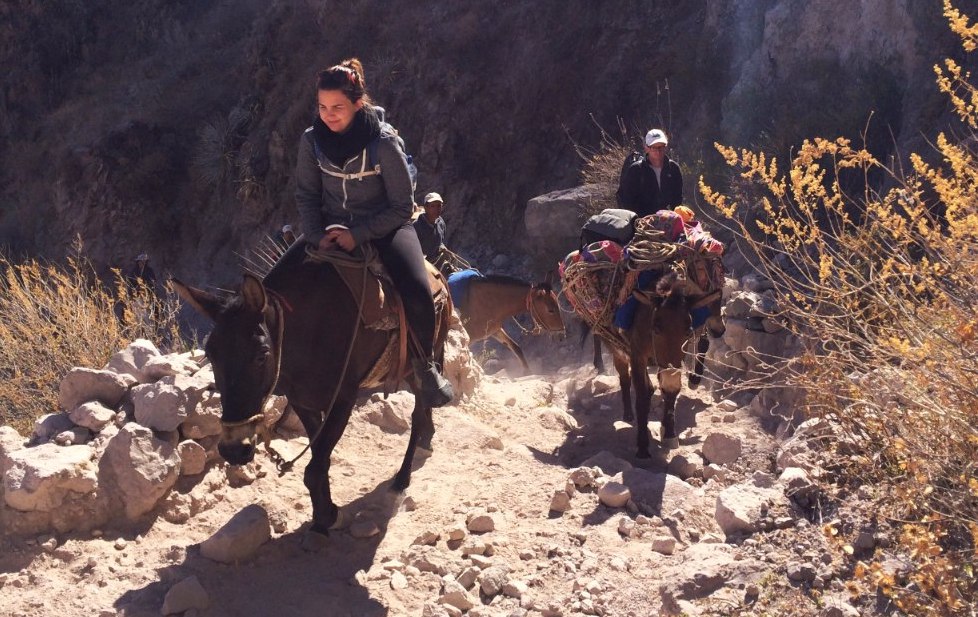
Reaching flat ground at the top is something to celebrate, and grinning, sweaty selfies are the only memento available to capture that sense of achievement. The best thing to do now is enjoy a well-earned late breakfast, and soak in the thermal springs near Chivay – which are located at the base of a very small canyon!
Multi-day treks in the Colca Canyon can be booked for next-day departure at myriad tour offices in Arequipa, or you can DIY. An all-inclusive overnight adventure in a small group will set you back about $50, 130 Peruvian sols.
(Lead photo: Martina Donkers)
Martina is a travel writer who has been published on Add To Life and The Huffington Post. Follow her travels here.


